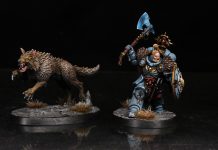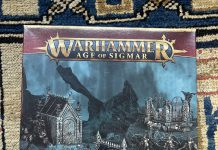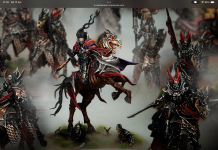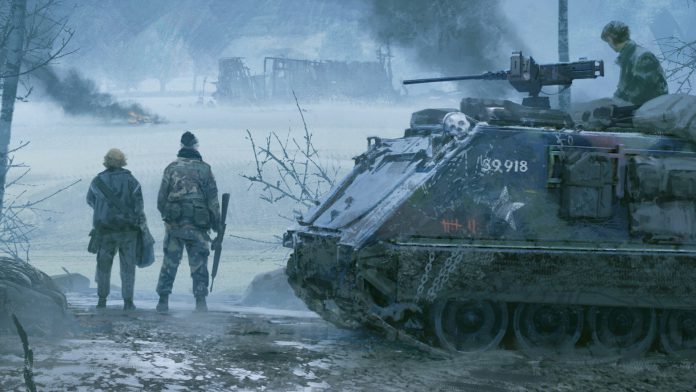Banner image artwork for Twilight: 2000 by Martin Grip. © Fria Ligan.
From Grim Prediction to Alternate History
The year 2000 must have seemed a long way off when the first edition of the Twilight: 2000 role playing game hit hobby store shelves in 1984. Post-apocalyptic fiction and gaming was extremely popular at the time; the question “what happens after the end of the world?” was firmly ingrained in the cultural zeitgeist.
Most post-apocalyptic games of the time took their cues from George Miller’s film The Road Warrior (AKA Mad Max 2) and its dozens of imitators, with nuclear destruction reducing the world to a lawless desert populated by eccentric characters in patchwork armor and improbable hairdos. Many, such as TSR’s Gamma World, ramped up the outlandishness, populating their in-game worlds with mutants, robots, and talking animals. Twilight: 2000 aimed for a more naturalistic approach, building on the broken-backed war theory – the idea that even after a nuclear exchange, the survivors on both sides (if there were any) would continue fighting with conventional weapons.
When Swedish publisher Fria Ligan (AKA Free League) set out to publish a fourth edition of Twilight: 2000 in 2021, they had to address the fact that the game’s near-future setting was now 20 years in the past. It would now be an alternate history of the 1990s where the Soviet Union never fell, and remnants of Russian and NATO forces continue to fight it out, or just survive, in a war-torn Europe.
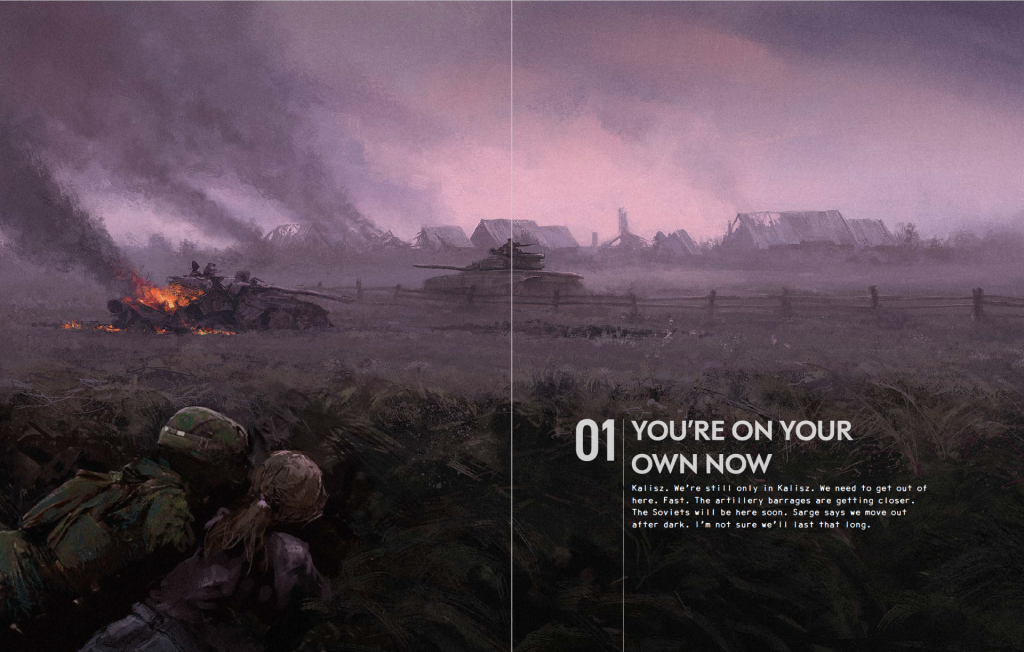
Rules of Engagement
Twilight: 2000 uses the more recent version of Free League’s house game system, sometimes known as the Year Zero engine. Characters have four basic attributes: strength, agility, intelligence, and empathy. Each attribute has three skills associated with it, giving a range of 12 skills that should cover all the situations a Twilight: 2000 character might find themselves in. Attributes and skills are rated with a die size, either d6, d8, d10, or d12, and skill checks are made by rolling two dice, one for the skill and one for the attribute. Any individual die roll of 6 or higher is a success, and a 10 or higher counts as two successes. Failed rolls can be re-rolled once, but this risks the character or their equipment taking damage.
As with all of Free League’s games, Twilight: 2000 adds a few new, setting-specific elements to the basic game system. One is Unit Morale, which works like an attribute but is shared among all the player characters in the group. It starts out equal to the highest Command skill among the player characters, and shifts up or down depending on events in the game.
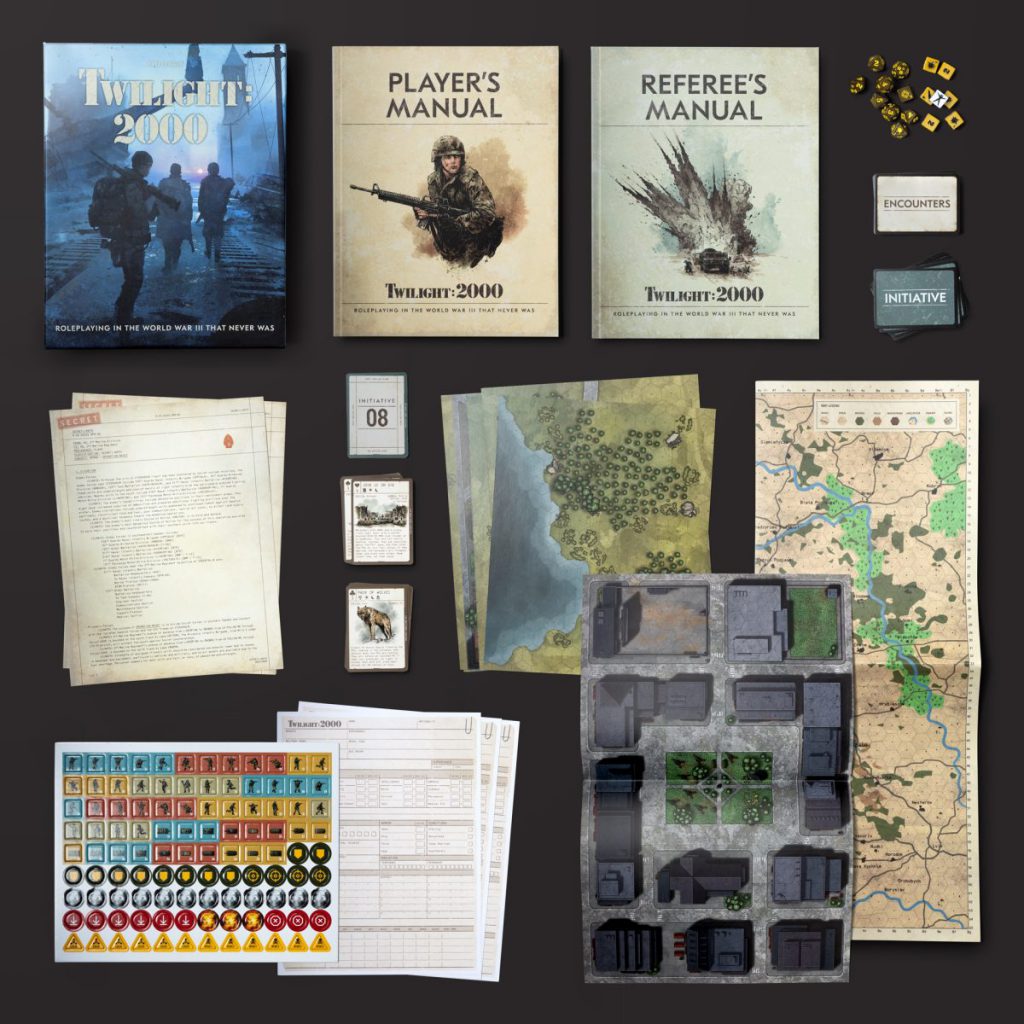
Morale is mainly used with Coolness Under Fire, an attribute/skill that works independently from the rest of the skill system and represents the character’s ability to keep their head when the bullets start flying. Coolness Under Fire is rated like a skill, but with no accompanying attribute, meaning normally the player would only be rolling one die. But if the character is near another friendly member of the party, they get to roll the Morale die as well.
With its very overt military setting, Twilight: 2000 attempts to make combat more granular than it is in most of Free League’s other games. The core set comes with a selection of hex maps depicting common terrain such as roads, forests, and ruined buildings, as well as a sheet of counters to represent characters and vehicles. The “maps and counters” approach might be a bit bare-bones for players who are used to miniatures and terrain, but it allows for more tactical detail without adding much to the game’s cost. And of course, there is a lot of detail on the military weapons and vehicles of the period.
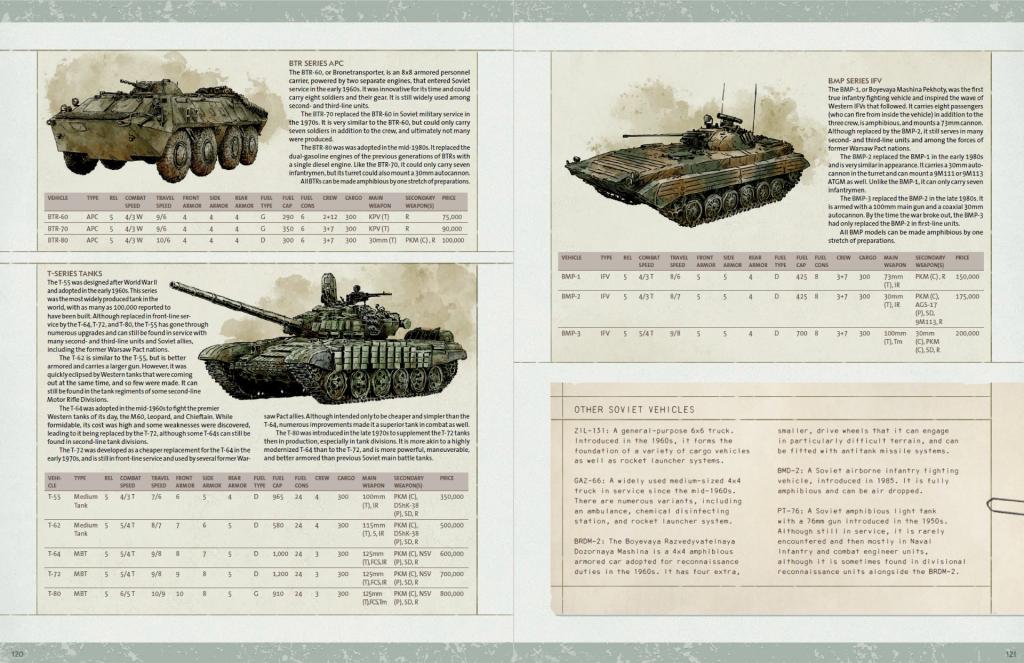
The game handles automatic weapons through the use of included Ammo dice which give players a chance at additional damage to their target, but at the expense of spending more ammunition and a greater risk of a malfunctioning weapon (but to be honest, our play group found that the reward was rarely worth the risk, so we stopped using ammo dice after our first few sessions).
Open World
The real strength of the game is in its campaign structure. Rather than a linear storyline or series of missions, Twilight: 2000 is at its core a hex crawl. The centerpiece of the game is a large map – gamemasters can choose whether to set their campaign in Poland (the traditional setting for the earlier editions) or Sweden. Players chose what direction they want to travel, with a rate of speed based on whether they’re on foot or in a vehicle. Each day of game time is broken up into four “shifts,” during which players can assign their characters different jobs such as acting as lookout or foraging for food, with accompanying skill rolls to see how successful they are.
Each hex on the map indicates terrain such as roads, forest, or open ground, which help to determine the likelihood of different types of encounters. Once each shift, the GM draws from a provided deck of encounter cards (handily mapped to regular playing cards for those players who might not have a printed core set) which indicate particular encounters that may or may not happen depending on what kind of terrain the player characters are in and whether it’s day or night.
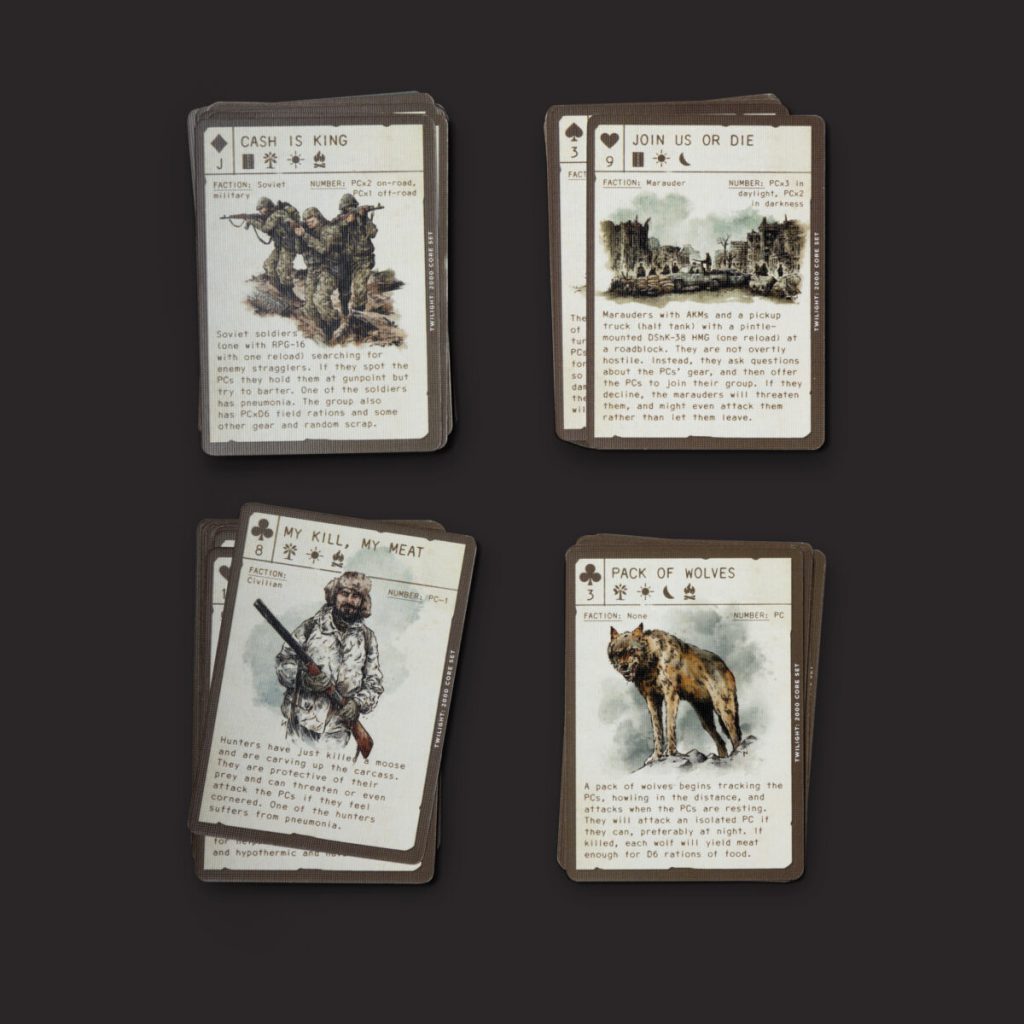
It’s a great system for weaving together a series of incidents that gives the player characters things to do, while at the same time allowing them the agency to choose where they go without feeling locked into a linear story. Many of the encounters include hints on connecting them to one of several more detailed scenario sites described in the Referee’s Manual. These are more involved scenarios that can be dropped into the game whenever desired, providing fleshed out plots and NPCs that the player characters can involve themselves with.
A Bit of a Hard Sell
In spite of Free League’s usual high production values, the dreary setting will most likely make Twilight: 2000 4th Edition a challenge to get to the table for most gaming groups. There are no wizards or princes, no starships or ray guns – on the surface it’s a post-apocalyptic scramble for meager resources in a muddy world where I imagine it’s always overcast and no one ever sees the sun. To make matters worse, Russia’s invasion of Ukraine began just three months after Twilight: 2000’s release, making a game about war in eastern Europe perhaps seem a bit in poor taste – it’s the reason I left it on the shelf for several years before bringing it to my group.
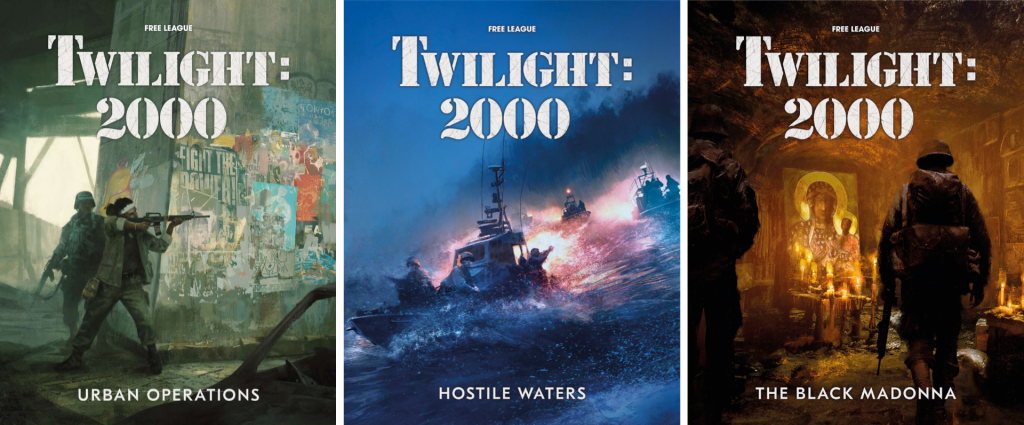
Free League has been understandably low-key with their marketing, but they have supported the game with three major supplements. Urban Operations introduces city-based combat, Hostile Waters adds ships and naval action, and both titles introduce Plots, which are more story-focused scenarios that might appeal to players who have been struggling with the base game’s lack of concrete direction. The Black Madonna is a re-imagining of a popular adventure module from the game’s first edition.
In general my gaming group enjoyed Twilight: 2000, but we did struggle with the grim setting. The later supplements began to slowly roll-out a plot line with some more overt science fiction elements, which as gamemaster I found myself jumping on, just to add some much-needed color to the game.
For me, the card and map based random encounter system was definitely the highlight of Twilight: 2000. I often find that modern role playing games get too focused on telling a linear story, to the point that players have few meaningful choices to make. I appreciate the shift back to the game being about exploring a location – it gives the players more agency to determine what happens in the story the game is telling, instead of just feeling like they’re along for the ride.
Have any questions or feedback? Drop us a note in the comments below or email us at contact@goonhammer.com. Want articles like this linked in your inbox every Monday morning? Sign up for our newsletter. And don’t forget that you can support us on Patreon for backer rewards like early video content, Administratum access, an ad-free experience on our website and more.

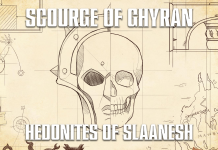
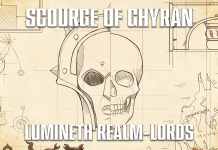
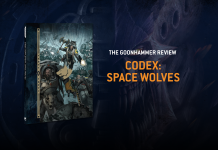
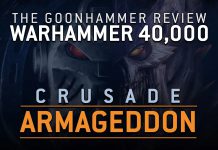
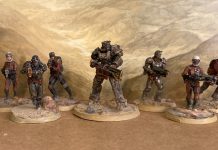
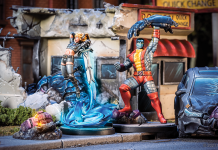
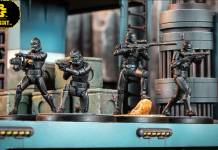
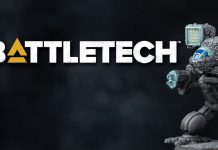
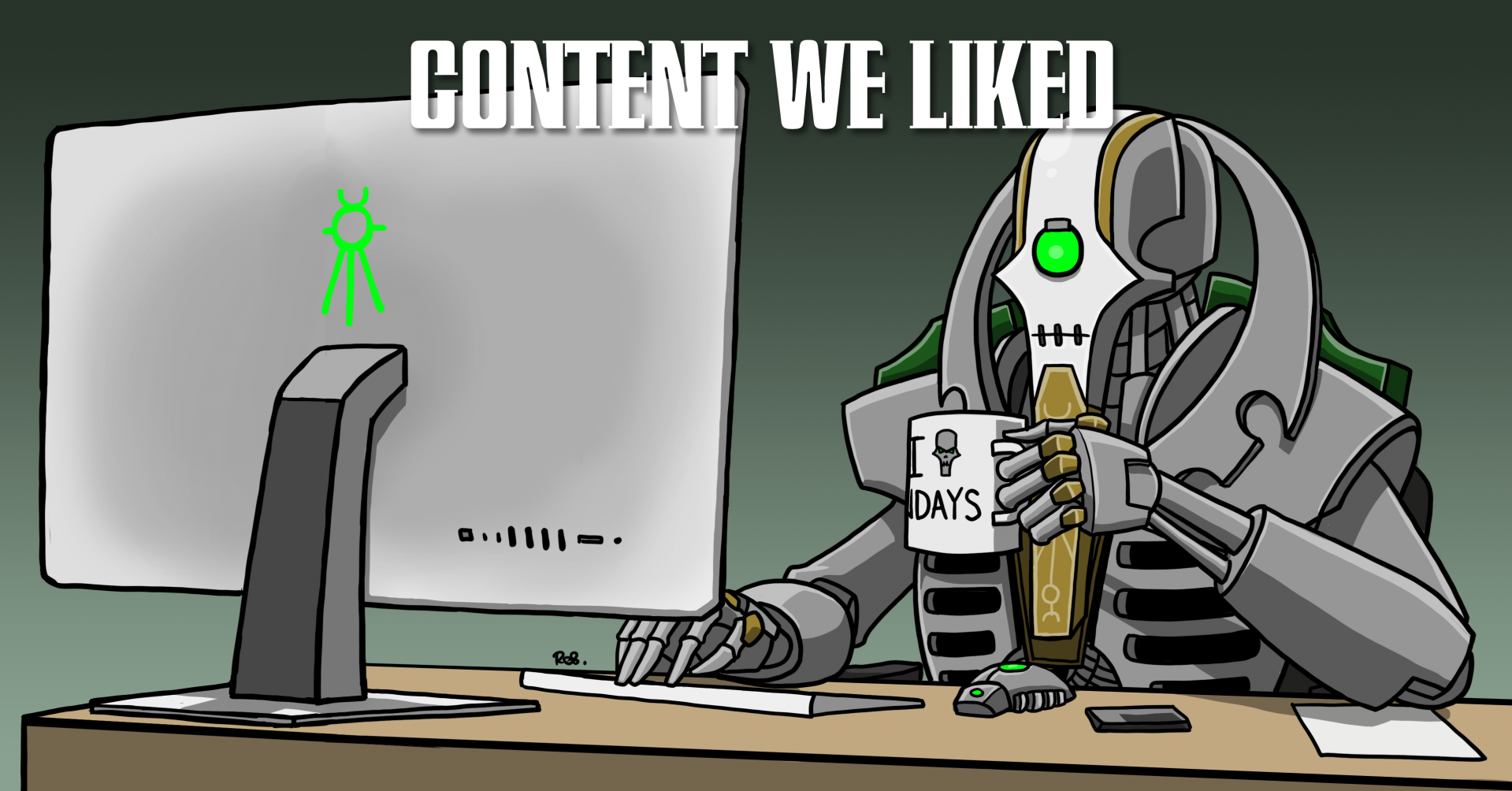
![[40k] Competitive Innovations in 10th: An Ominous Stench pt.3](https://d1w82usnq70pt2.cloudfront.net/wp-content/uploads/2020/01/Analysis_Banner.png)
